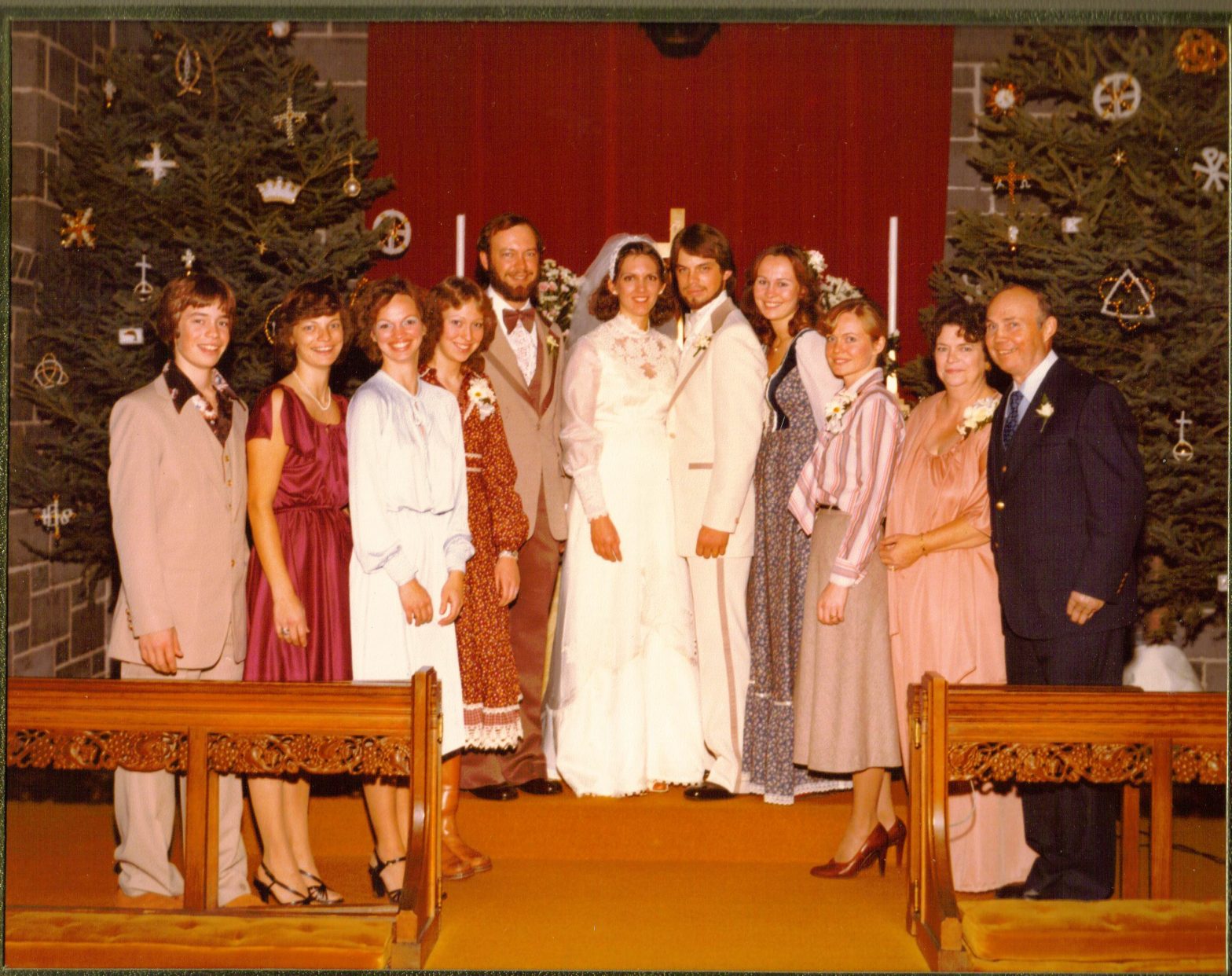The story of Laura
My family carries the APC gene mutation that causes Familial Adenomatous Polyposis or FAP. The first known relative to be diagnosed with multiple polyps in the colon at a young age was my great-grandmother Mary at Mayo Clinic in Rochester in 1911. Mary didn’t know it then, but three of her five children had also inherited FAP. One of them was my grandmother. She passed the disease down to her only child, my mother who then passed the gene mutation down to five of my siblings.
This is not my story, but our story. As told by a daughter, an aunt, as well as me, a sister who was spared the mutation but has been surrounded by its ravages my entire life.
What have we learned ? That this inherited syndrome does not necessarily take a straight path from A to B. That it “expresses” differently between family members. Since my great-grandmother’s diagnosis in 1911, Familial Adenomatous Polyposis (FAP) is no longer the devastating, terminal disease it was to my family at the turn of the 20th century. Today, medical advancements allow for more timely and precise surveillance and treatments. My mother’s grandchildren and great-grandchildren are blessed to live at a time when polyposis syndrome is considered a disease with elevated risks as opposed to an inevitable early cancer. And we are currently on the cusp of genetic understanding that may well allow for such marvels as repairing the APC gene mutation forever. But there is more to do. On this Rare Disease Day, we have hope, but are still looking for a cure.
